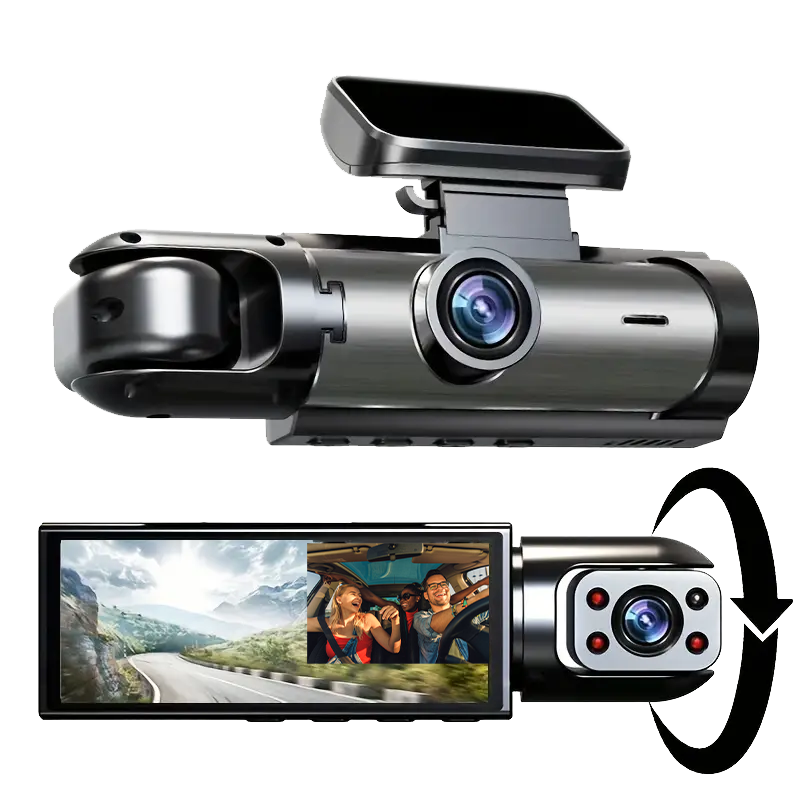
Ford Escort Mark Iv 1986–1992

| Fourth generation | |
|---|---|
 |
|
| Overview | |
| Production | 1986–1992 |
| Assembly | Halewood, England Almussafes, Spain Saarlouis, Germany General Pacheco, Argentina Valencia, Carabobo, Venezuela São Bernardo do Campo, Brazil |
| Body and chassis | |
| Body style | 3/5-door hatchback 3/5-door estate 2-door cabriolet 3-door van |
| Layout | Front-engine, front-wheel-drive |
| Platform | Ford Erika platform |
| Related | Ford Orion Mark II |
| Powertrain | |
| Engine | 1.0 L CHT I4 1.1 L Valencia I4 1.1 L HCS I4 1.3 L Valencia I4 1.3 L HCS I4 1.4 L CVH I4 1.6 L CHT I4 1.6 L CVH I4 1.6 L CVH Turbo I4 1.8 L VW EA827 I4 1.6 L LT diesel I4 1.8 L Lynx diesel I4 |
| Transmission | 4-speed BC4 manual 5-speed BC5 manual 3-speed ATX automatic CVT CTX automatic |
| Dimensions | |
| Wheelbase | 2,400 mm (94.5 in) |
| Length | Hatchback: 4,022 mm (158.3 in) Estate: 4,080 mm (160.6 in) |
| Width | 1,640 mm (64.6 in) |
| Height | 1,385 mm (54.5 in) |
The fourth version of the Ford Escort was launched in March 1986, with only a small number of changes.
Codenamed within Ford as "Erika–86", it was instantly recognisable as an updated version of the previous model, with a smooth style nose and the "straked" rear lamp clusters smoothed over, internally the car had a revised dashboard and other smaller changes. Optional new features included a mechanical anti‐lock braking system (standard on RS Turbo models), a fuel computer on fuel-injected models, and a heated windscreen. However, the check-light system for low fuel, low oil, low coolant, low screenwash, and worn out brake pads was no longer fitted to any model. Air conditioning was not available on cars sold in Europe although it was an option on cars sold in Argentina and Brazil.
These changes were welcome at a time when the Escort was faced with a host of new competitors; General Motors had brought out a new version of the Opel Kadett/Vauxhall Astra 18 months earlier, shortly after Volkswagen had introduced the Mk II Golf and British Leyland had launched the Austin Maestro, while the British-built Peugeot 309 had gone on sale just weeks before the updated Escort. All-new competitors from Fiat and Renault were just two years away.
In 1987, an LX trim designation was introduced, situated between the L and GL models.
As well as an all-new interior, a new 1.4 L derivative of the CVH engine was introduced, as well as numerous suspension tweaks to address the long-standing criticisms of the Escort's handling and ride quality, although these had limited success.
In 1988, the diesel engine was enlarged to 1.8 L, whilst the entry level 1.1 L and 1.3 L models were updated with the redesigned HCS version of the Kent/Valencia family introduced for the Mk III Fiesta. For the same year, a Ford developed electronic fuel injection system replaced the Bosch K-Jetronic fuel injection system in the XR3i and Orion Ghia injection models, and a central point fuel injection system replaced the carburettor on models with the 1.4 L engine.



Ford gave the Escort‐based Orion saloon a similar makeover. Carried over from the previous range was the 3-speed automatic which was ultimately replaced late in the production run with a variant of the CTX stepless gearbox as first used in the Fiesta a couple of years earlier. A luxurious Orion 1600E with leather seats, fuel injection, alloy wheels, and a Ghia trim was produced during 1989 and 1990. A total of 1,600 were made, with 1,000 of these having leather trim. The Orion range was also broadened to include a more basic "L" trim for the first time.
Escorts for European markets continued to be assembled at Halewood, near Liverpool, and at the West German factory of Saarlouis. Sales were strong through the decade, and during the later 1980s Escort production also commenced at the Ford plant originally established for Fiesta production in Valencia. European production finished in 1990.
At this time, the Escort was dropped in South Africa and replaced by the Laser and Meteor. However, the Escort‐based Bantam pick-up remained in production, facelifted, and was also sold as a Mazda Rustler.
Brazil
For the Brazilian Escorts, the 1.8 L and 2.0 L engines were made by Volkswagen (VW) as part of the AutoLatina agreement, where Ford CHT engines were used in Volkswagen cars and vice versa. The 1.0 L and 1.6 L were all Ford CHT motors. All Escorts made after 1993 were fuel-injected, excepting the Hobby models. Additionally, the Mark IV model was made until 1992 on all versions, except the Hobby which was made until 1996.
In 1993, the Escort Hobby trim was introduced in Brazil, using a 1.0 L 50 hp (37 kW) engine. This was a small-bore version derived from the CHT 1.3 L used in the Brazilian Mk III. This engine was unique to Brazil, whereas the 1.1 L engine was smallest available in most markets. The 1.0 was less powerful, but fuel efficient. Brazil has a special tax break for cars with engines of less than one litre, making this a closely contested segment.
There were no trims with a high-power engine in Brazil. The most powerful Escort was the Escort XR3 Formula 1991, which had 105 PS (77 kW). The on-board computer was not available in Brazil.
